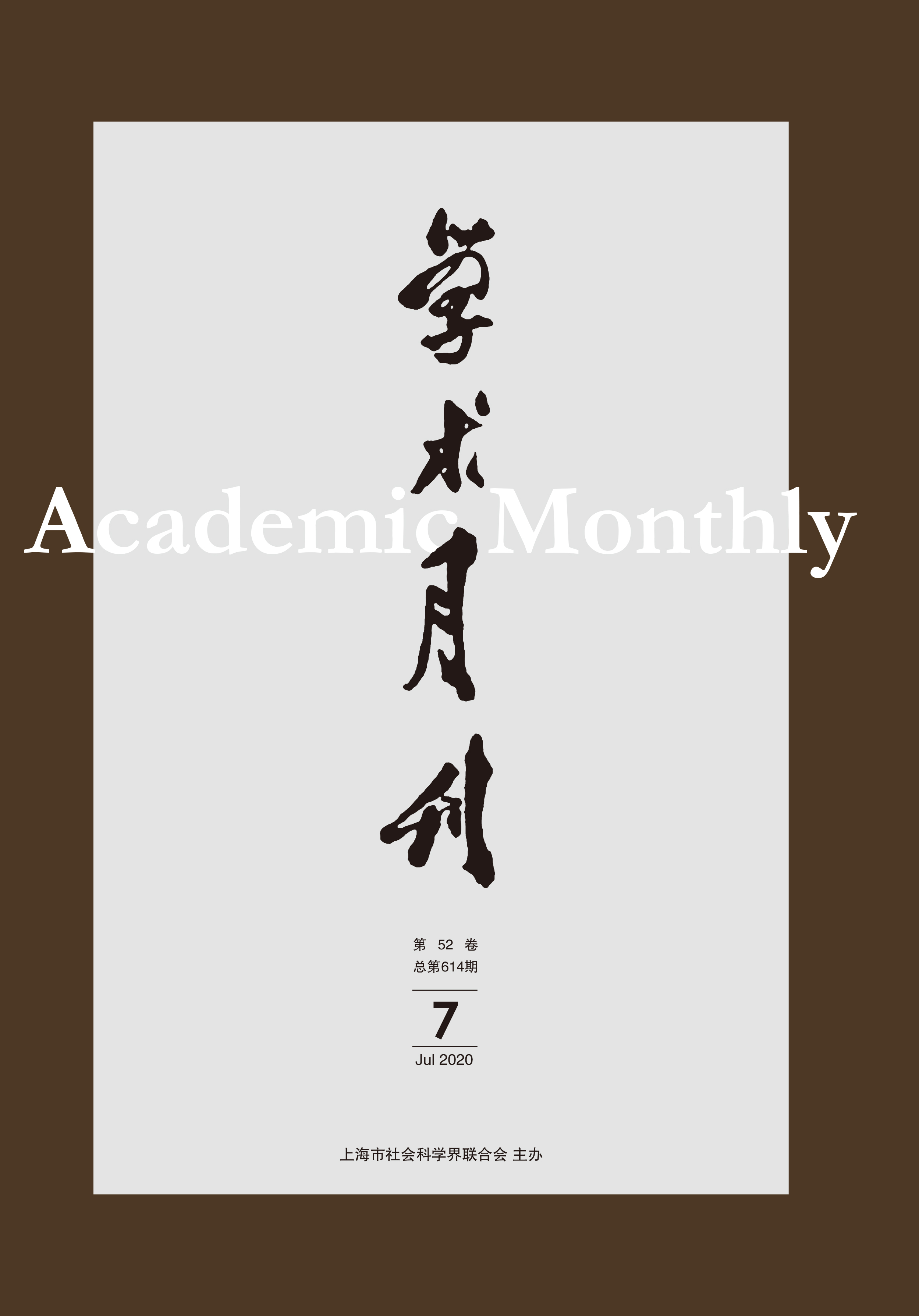Citation:
Song YANG. The Sources of Moral Motivation[J]. Academic Monthly, 2020, 52(7): 24-32.

The Sources of Moral Motivation
-
Abstract
Contemporary Humeans try to use the instrumental principle to explain the source of moral motivation, that is, if people desire φ and believe that φ can be achieved by moral action ψ, then they will have motivation to do ψ. The Kantians inherit Kant’s basic claim which opposed the claim that moral motive comes from people’s satisfaction of some natural desires, and believe that obedience to morality stems from obedience to the rules of practical rationality. But following Korsgaard, the obedience to the rules of practice also comes from the cognition of the value of practical life and moral behavior. Contemporary researches of neurophysiology have shown that Humean is more dominant in explaining the source of moral motivation. However, the Kantians have been constantly improving their own theories and combining Velleman’s autonomism with Korsgaard’s cognitive claims would be a feasible approach. The complexity of real life suggests that we’d better give up the multiple choice question between Humean and Kantian, because the former describes the source of the moral motivation of ordinary people, while the latter tells us how the ideal moral motivation of rational people should be generated.
-

-
References
-
Access
-
-
[1]
Jianxing YU
, Jie REN
. Self-governance, Rule of Law, Rule of Virtue and Their Combination in Community-level Social Governance. Academic Monthly,
2018, 50(12): 64-74.
-
[2]
Yu Haibing
. . Academic Monthly,
2018, 50(5): 172-184.
-
[3]
Liang GUO
. The Relationship between Family and State: An Important Local Perspective to Understand the Changes of Social Governance Since Modern China. Academic Monthly,
2021, 53(5): 96-105.
-
[4]
ZHANG Huiyong
. . Academic Monthly,
2018, 50(6): 22-31.
-
[5]
Mingjun ZHANG
. Instrumental Rationality and the Form of Liberal Political Romanticism. Academic Monthly,
2021, 53(12): 85-95.
-
[6]
Xiaoling SUN
. Moral Disagreements and Constructivism’s Conception of Practical Reason. Academic Monthly,
2022, 54(11): 30-37, 83.
-
[7]
. . Academic Monthly,
2017, 49(03): 40-47.
-
[8]
. . Academic Monthly,
2016, 48(04): 20-28.
-
[9]
,
. . Academic Monthly,
2018, 50(01): 46-53.
-
[10]
. . Academic Monthly,
2016, 48(03): 157-164.
-
[11]
Qun GONG
. The Status of Nature Law in Kant’s Ethics. Academic Monthly,
2021, 53(8): 23-30.
-
[12]
GAO Like
. Mirror of Society and Transcendental Reason: Comparison of Moral Philosophies between Smith and Kant. Academic Monthly,
2023, 55(5): 26-35.
-
[13]
. . Academic Monthly,
2017, 49(05): 19-30.
-
[14]
. . Academic Monthly,
2017, 49(02): 54-63.
-
[15]
Xiaoyang WANG
. Physicalism Is Not Equal to Physics-ism. Academic Monthly,
2020, 52(5): 15-29.
-
[16]
,
. . Academic Monthly,
2017, 49(02): 44-53.
-
[17]
. . Academic Monthly,
2016, 48(06): 177-184.
-
[18]
Yonghua LIU
, Yufan SUN
. The Structure of Relational Presentism. Academic Monthly,
2023, 55(3): 126-139.
-
[19]
CHEN Jiajian
. Between Administration and Autonomy: The Dual Attributes of Community Finance and Its Governance Mechanism. Academic Monthly,
2023, 55(5): 120-130.
-
[20]
Liuhua ZHANG
. Inferentialism: Logic and Theory of Meaning. Academic Monthly,
2022, 54(5): 28-38.
-
-



 沪公网安备 31010102003103号
沪公网安备 31010102003103号 DownLoad:
DownLoad: